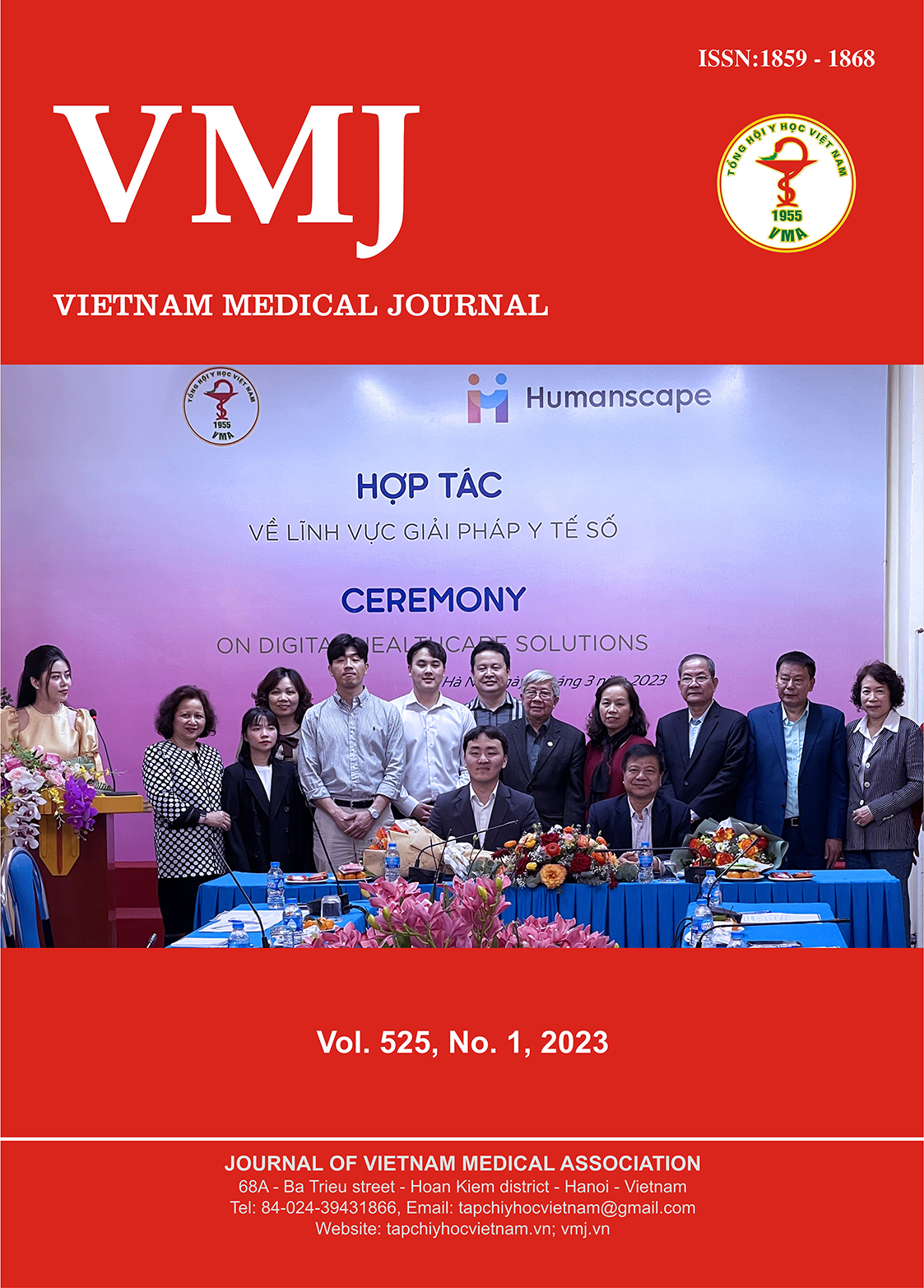INVESTIGATING ADVERSE EFFECTS OF COLD PLASMA IN TREATING SECOND AND THIRD DEGREE BURNS: A DESCRIPTIVE STUDY
Nội dung chính của bài viết
Tóm tắt
Objective: To describe the adverse effects of cold plasma therapy in treating burns. Method: A descriptive study was conducted, following 67 patients with second and third degree burns treated with cold plasma therapy for 10 seconds/cm2. The patients were monitored for pain, burning sensation, and itching during and after the treatment. Results: The study showed a significant decrease in pain among the patients, from 28.4% to 7.5% after treatment. Out of 298 treatments, 56.9% of the patients did not report any pain, while 40.1% reported mild pain, and only 2% reported moderate pain. There were no cases of severe burning sensation, and the sensation reduced significantly after the treatment. The patients reported a decrease in itching sensation after the treatment, with 88.1% reporting no itching. Only 1 patient (0.3%) reported mild itching sensation. Conclusion: Cold plasma therapy is a safe and effective treatment for burns with minimal adverse effects. The adverse effects such as pain, burning sensation, and itching were mild and significantly reduced after the treatment.
Chi tiết bài viết
Từ khóa
Plasma, Cold plasma therapy, Burns, Adverse effects.
Tài liệu tham khảo
2. Kong, M.G., et al., (2009). Plasma medicine: an introductory review. 2009. 11(11): p. 115012.
3. DO HOANG, T., et al., (2014). Cold Atmospheric Pressure Gliding arc Plasma Jet for Decontamination. 2014. 24(3S2): p. 101-106.
4. Isbary, G., et al., (2010). A first prospective randomized controlled trial to decrease bacterial load using cold atmospheric argon plasma on chronic wounds in patients. 2010. 163(1): p. 78-82.
5. Arndt, S., et al., (2015). Effects of cold atmospheric plasma (CAP) on ß-defensins, inflammatory cytokines, and apoptosis-related molecules in keratinocytes in vitro and in vivo. 2015. 10(3): p. e0120041.
6. Isbary, G., et al., (2013). Ex vivo human skin experiments for the evaluation of safety of new cold atmospheric plasma devices. 2013. 1(1): p. 36-44.
7. Isbary, G., et al., (2012). Successful and safe use of 2 min cold atmospheric argon plasma in chronic wounds: results of a randomized controlled trial. 2012. 167(2): p. 404-410.
8. Pruitt, J., Basil A, et al., (1998). Burn wound infections: current status. 1998. 22: p. 135-145.
9. Daeschlein, G., et al., (2010). Antibacterial activity of an atmospheric pressure plasma jet against relevant wound pathogens in vitro on a simulated wound environment. 2010. 7(3‐4): p. 224-230.
10. Pompl, R., et al., (2006). Efficiency and medical compatibility of low-temperature plasma sterilization. in 6th International Conference on Reactive Plasmas. 2006.


